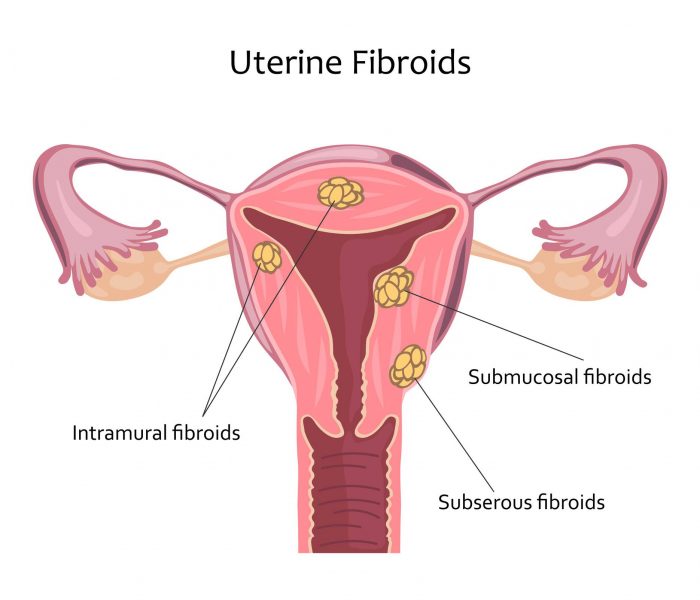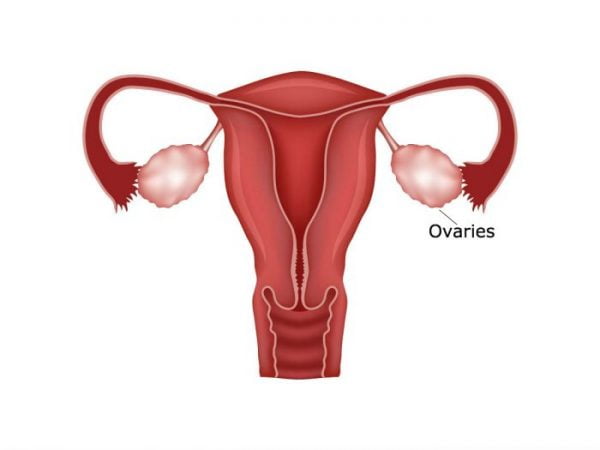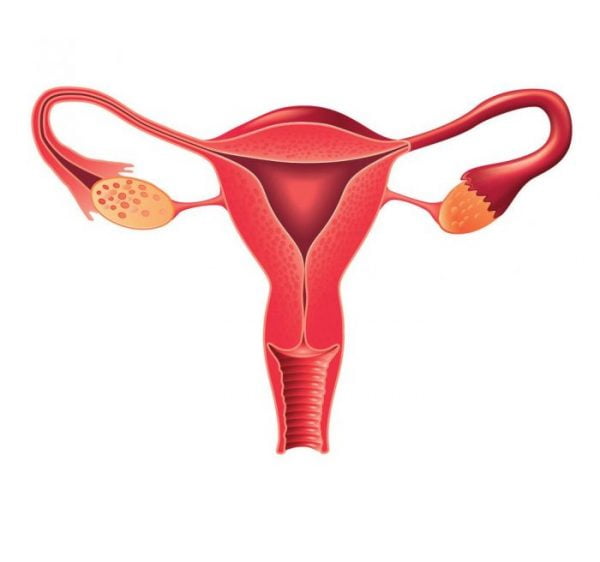ABOUT MYOMECTOMY
A myomectomy is a surgical procedure performed to remove fibroids from the uterus. Uterine fibroids are growths which are non-cancerous that form on the uterus. Fibroids are removed as they can cause vaginal bleeding, pelvic pain, lower back pain, pain during sexual intercourse, and constipation.
Uterine fibroids are usually detected through a gynecological pelvic examination, an ultrasound scan, a laparoscopic examination, a hysteroscopy, or from a biopsy.
Fibroids can be treated non-surgically with medication and surgery is usually considered in cases where the medication is not easing symptoms. In many cases, a hysterectomy may be performed to treat fibroids, however a myomectomy is the preferred type of surgery for patients who want to have children.
There are 3 different surgical techniques that may be performed to remove the fibroids, which include an abdominal myomectomy, laparoscopic myomectomy, and hysteroscopic myomectomy. The recovery time after the surgery varies depending on what type of myomectomy is performed.
Recommended for
- Patients who experience symptoms of uterine fibroids
- Patients who are trying to conceive
TIME REQUIREMENTS
- Number of days in hospital: 2 – 3 days.
- Number of trips abroad needed: 1.

COMPARE MYOMECTOMY PRICES AROUND THE WORLD
| Country | Cost |
|---|---|
| Israel | 38900€ |
| Mexico | 7177€ |
| Germany | 5519€ |
| Poland | 3800€ |
| Thailand | 3265€ |
| Turkey | 3140€ |
| United Arab Emirates | 2243€ |
HOW TO FIND QUALITY TREATMENT ABROAD
BEFORE MYOMECTOMY ABROAD
Patients will meet with the doctor ahead of the surgery to discuss the surgical steps and the doctor will answer any questions or concerns that the patient may have. The doctor will likely perform a pelvic examination and will assess the patient’s medical history.
Ahead of the surgery, patients are usually advised to avoid eating and drinking in the hours preceding the surgery, in order to prepare for the general anesthetic.
HOW IS IT PERFORMED
The surgery will begin once the patient has been administered with a general anesthetic. The amount of incisions made and the size of the incisions will depend on the amount and size of the fibroids, which will determine what type of myomectomy will be performed.
In performing an abdominal myomectomy, the surgeon will either make a horizontal incision along the pubic bone or a vertical incision extending from the navel to the pubic bone. The muscle and tissue is set aside so that the surgeon can access the uterus and the fibroids are then removed. Once removed, the surgeon will move the muscle and tissue back into place and close the incision with sutures. This type of myomectomy is performed when the fibroids are large.
A laparoscopic myomectomy is a minimally invasive surgical procedure, which is performed by making several small incisions in the abdomen. Through these small incisions, a laparoscope fitted with a light and camera is inserted and small surgical instruments are attached. The fibroids are cut into small pieces and removed through the incisions. Once the fibroids are removed, the laparoscope and surgical instruments are removed and the incisions are closed with sutures. This type of myomectomy is performed when the fibroids are small.
A hysteroscopic myomectomy is performed by making an incision in the vagina or cervix to remove fibroids from the uterine cavity. Through the incision, the surgeon will insert a resectoscope which uses a laser to cut tissue. A salt solution is inserted into the uterus to open it and gain access to the uterine wall. The resectoscope is then used to remove the fibroids which are then removed with the salt solution. Once the fibroids have been removed, the surgeon will then remove the resectoscope and close the incision site with sutures.
Anesthesia
General anesthetic.
Procedure duration
The Myomectomy takes 1 to 2 hours.

WHAT TO EXPECT AFTER MYOMECTOMY
Post procedure care
Patients should avoid strenuous activities during the recovery time.
Recovery time after an abdominal myomectomy takes around 4 to 6 weeks, after a laparoscopic myomectomy takes around 2 to 3 weeks, and after a hsyteroscopic myomectomy takes around 1 week.
Possible discomfort
Patients will be prescribed pain medication when they are discharged and may be advised to refrain from sexual intercourse for 6 weeks after the surgery.
IMPORTANT THINGS TO KNOW ABOUT MYOMECTOMY
Potential risks
- Bleeding
- Formation of scar tissue
- Complications during future pregnancy
- Hysterectomy (in rare cases if bleeding cannot be controlled, the uterus may need to be removed)















